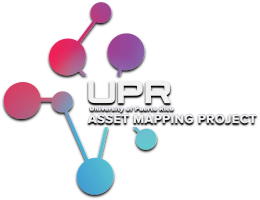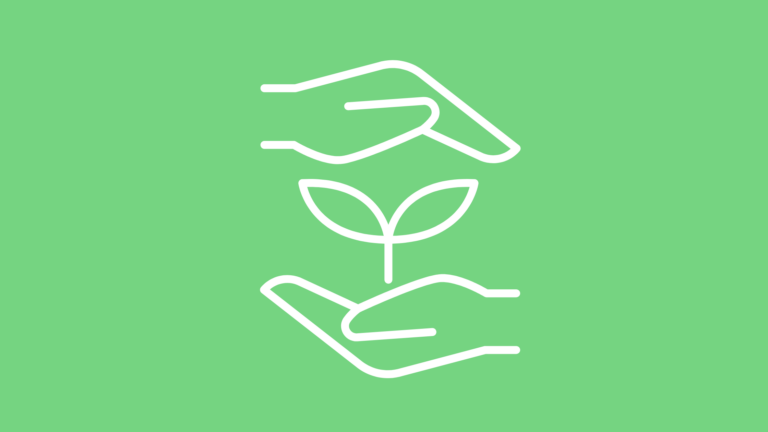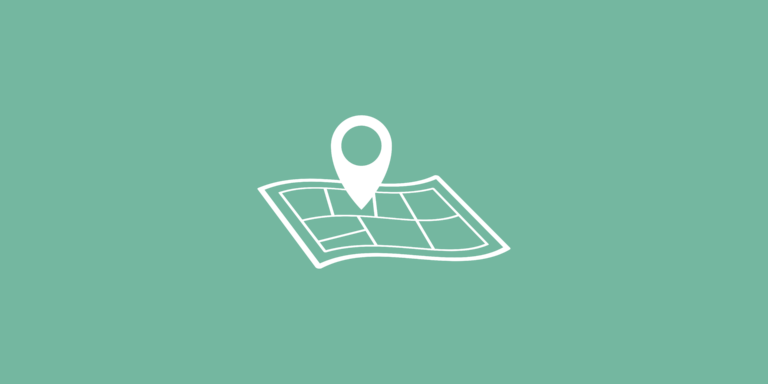Welcome to the UPR Assets Mapping Project Blog!
By: Disaster Recovery Coordinators
November 2021
Have you heard about the UPR Asset Map? Do you know what we mean when we talk about assets? Would you like to know why we chose to develop an asset map as a tool to promote the visibility and resilience of our University? We are here to answer these questions!
Let’s start by reviewing the basics,
What is the UPR Asset Map? The Map is a knowledge and connectivity platform that will provide visibility and access to all UPR assets to enhance the institution’s leadership in the region and catalyze opportunities to leverage recovery efforts to build a more resilient Puerto Rico.
Through a grant from the U.S. Economic Development Administration (EDA), the Disaster Recovery Coordination Team (DRC) aims to:
- Identify, make visible and leverage the assets of all UPR campuses with ongoing disaster recovery efforts across the Island.
- Amplify collaboration and connectivity between these assets within and across campuses.
- Maximize the diversity of UPR experience and expertise by leveraging campus assets with disaster recovery efforts.
What do we mean when we talk about assets? We usually associate the word asset with financial matters, but an asset is a concept that applies to all those goods, services, human capital, intellectual, cultural, physical, among many other categories. For example:

Now, why did we choose the development of an asset map to fulfill our purpose as DRCs? Our University possesses an incredible amount of resources that make it the most valuable higher education institution on the Island. To maximize the UPR’s potential, not only as an economic engine, but as an essential pillar for disaster recovery, it is important to know what the UPR has, where it is, and how to access it. This asset map will allow the UPR to do many things, including:
- Facilitate the identification of resources: The map allows for the identification of resources that can be used to support development initiatives, recovery, collaboration, research, etc., in an easy, transparent and organized manner.
- Basis for strategic planning and implementation: The map helps us identify opportunities to be more efficient and effective in our planning processes. It also provides clear information about opportunities for collaboration and growth for the UPR.
- Deepening understanding of regional systems and linkages: A comprehensive asset mapping process leads to a deeper understanding of the ways in which regional institutions interact with each other and with entities outside the region.
- Catalyst for collaborations: Asset mapping aggregates knowledge held by a few individuals and makes it available to others who can devise new ways to leverage assets. A visual asset map can help demonstrate to stakeholders that they work in an interconnected community.
- Organizational and motivational tool: The process of creating the resource map can have a positive effect on engaging community members in a regional and institutional development effort.
The Ñapa!
Two of the main concepts guiding the work of the DRCs are visibility and easy access for all.
Why?

The UPR Asset Map project is as beautiful as it is ambitious – we count on you to make it happen!





